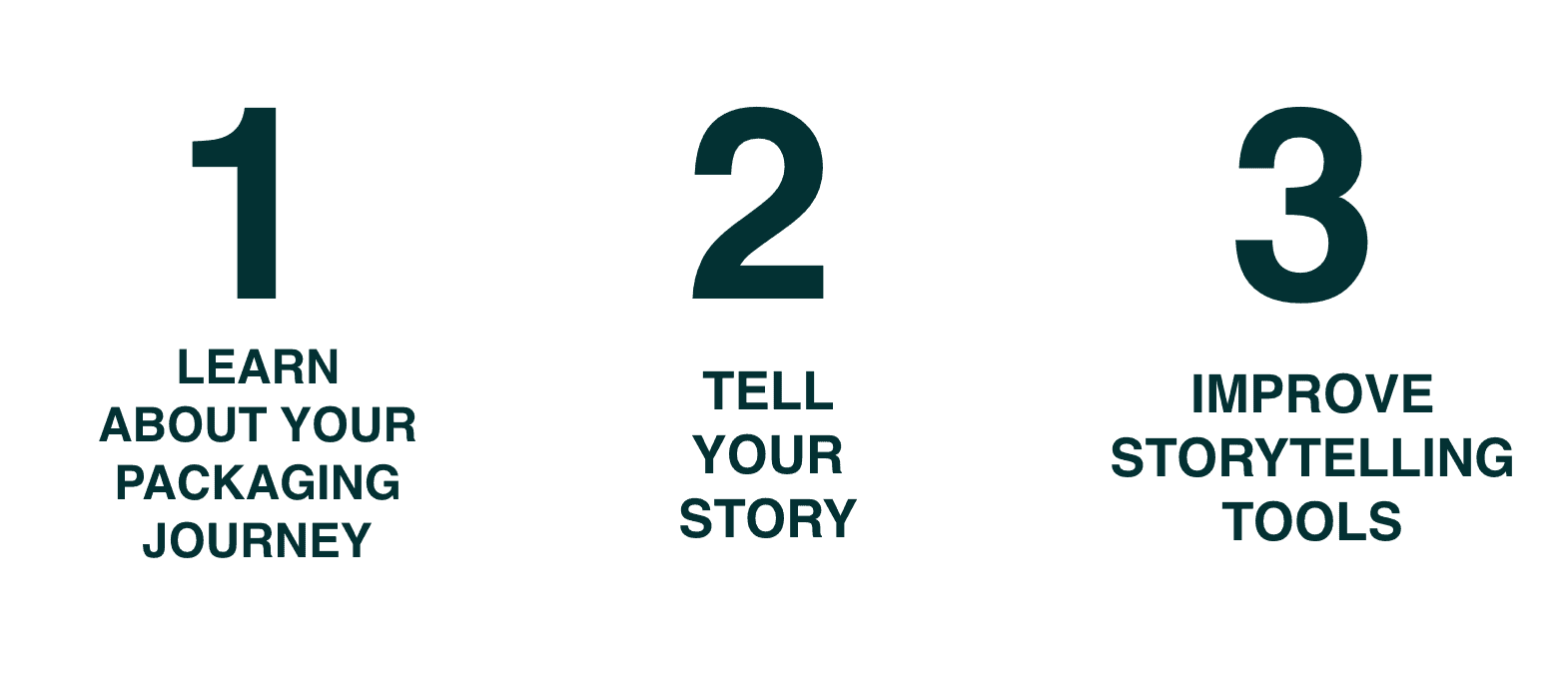Menu
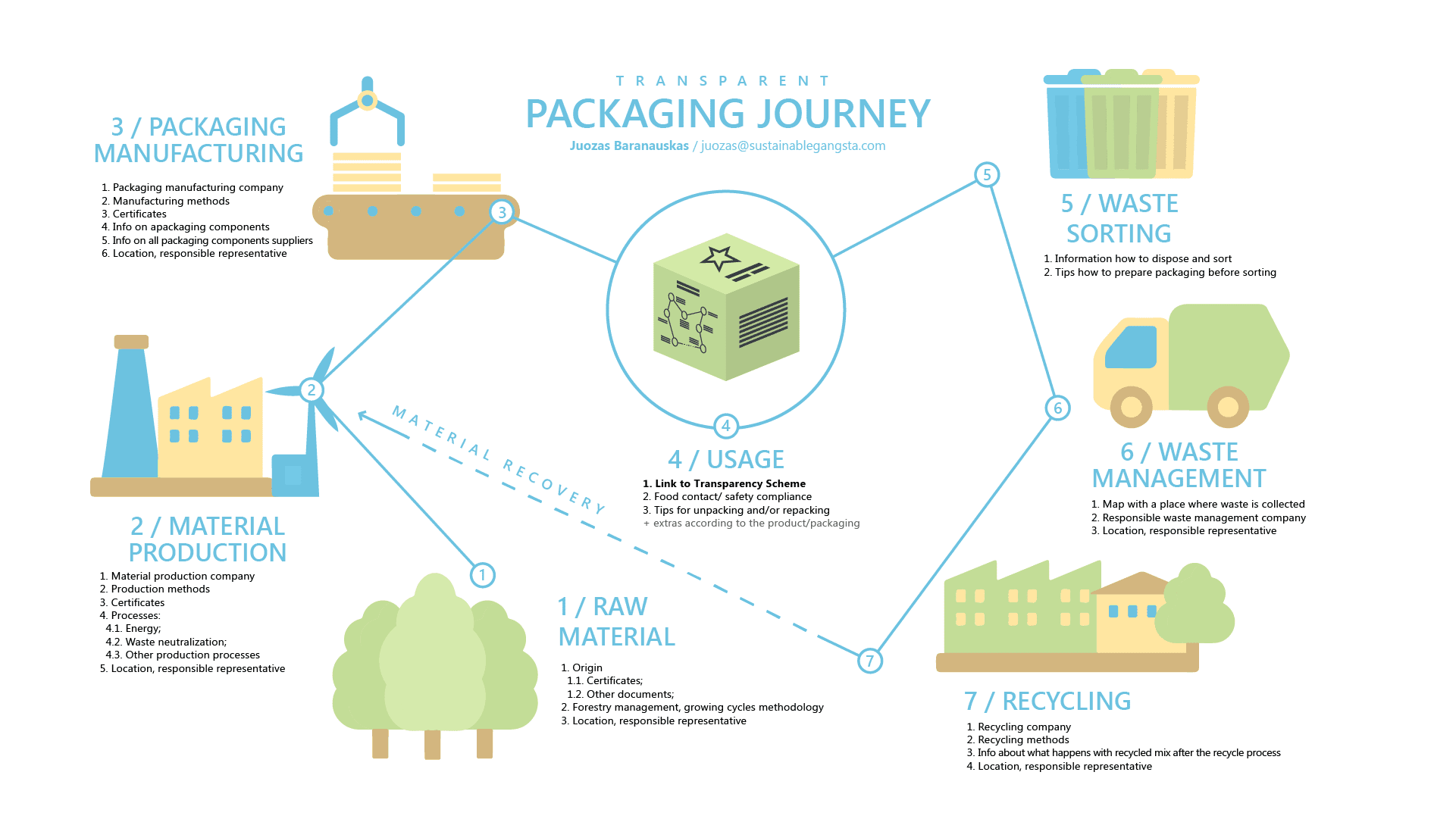
The framework of Packaging Transparency: Sharing process
A year ago during ‘Packaging Innovation for the Food Industry’ conference I gave a lecture about my vision of Transparency movement and its’ future in packaging industry. My final slide expressed and the idea that even if you can’t develop complete transparency backed by blockchain technologies today, you still should start moving to that direction by fallowing three steps “1. Learn about your packaging journey; 2. Tell the story; 3. Improve storytelling tools”.
Since then I approached this idea myself and we started to work on transparency with some of my clients. The projects are not public yet, but I want to share how we have approached this topic and how I picture the future of Packaging Transparency.
Sustainability is a part of a bigger movement: Transparency.
And focusing on it could be a real problem-solving holistic solution.
Usually, we look at Sustainability as an isolated megatrend, but I think that it is just a part of an even bigger trend – Transparency. When people get more engaged in information about plastic pollution, overpackaging and other things related to packaging sustainability they start to educate themselves by asking questions. They google information, they discuss things with friends, they read labels of products and they start to research brands they are using. All of this knowledge allows people to become more open and aware of what is happening around them. When people become more curious about one issue they start to care about more things such as biodiversity, human rights, energy, animal cruelty and so on. And visa versa. And then, at the end of the day, it all leads to Transparency. Are we able to reach all this information, and if yes – is it easily available?
Briefly speaking Transparency is the practice of making detailed information about products public including what they contain and how they were manufactured. And since many brands nowadays suffer from lack of trust from customers they start to provide information across their value chain.
Developing a framework of Packaging Transparency: How to begin.
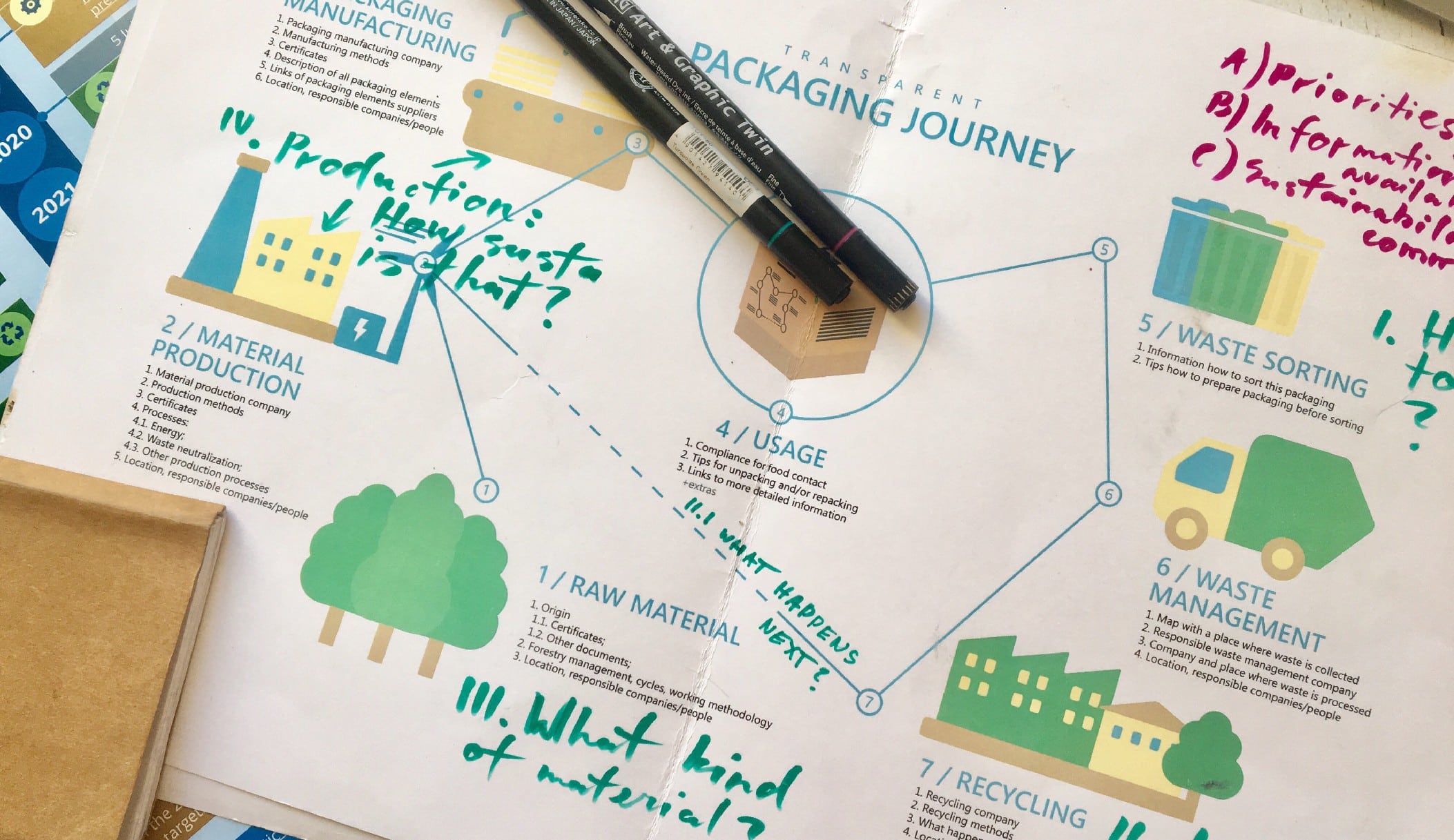
When I started to discuss possibilities to adopt packaging transparency with my clients, companies who want help with their packaging development, we were excited and confused at the same time. We weren’t clear where to start, what to share and how to present that information. We can share E V E R Y T H I N G, but it wouldn’t be the best strategy because technical data would just overwhelm and confuse the receiver. And do we know all the information ourselves? Where to put focus? How we will be able to communicate it?
During the process of brainstorming, some patterns emerged how we can approach all these questions in the right order. It all comes down to three steps: A) Available information B) Priorities C) Communication.
For this example let’s take a situation in which we would use packaging which is made from cardboard (since I mostly work with cardboard packaging) and let’s imagine we have a case to solve. Let’s start!
A) Available information.
Firstly, we need to get familiar with what we are dealing with and paint ourselves a clear picture. We need to ask many questions across our supply chain and research what happens (or could happen) with our packaging after disposal. We want to create a map which shows a journey of our packaging.

1 / RAW MATERIAL.
1. Origin 1.1. Certificates; 1.2. Other documents; 2. Forestry management, growing cycles methodology 3. Location, responsible representative
One kind of paper is not equal to the other kind of paper. And I am talking not only about the quality, but the business practises behind it. There are many great responsible forestry management companies who do the great work and manage forests in that way that other generations would be able to use it as well. Nowadays we already have strict forestry management protocols and all this data already exists.
2 / MATERIAL PRODUCTION.
1. Material production company 2. Production methods 3. Certificates 4. Processes: 4.1. Energy; 4.2. Waste neutralization; 4.3. Other production processes 5. Location, responsible representative
Material production processes require a lot of energy and use chemicals in the process. What is the origin of that energy and what happens with the production residues? Getting to know the first stages is very important no matter what kind of packaging project you are developing. These companies are closely working with those who supply raw materials, thus they should know everything about the origin and forestry practises. You just need to ask for it.
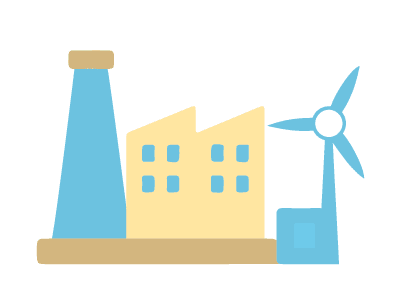
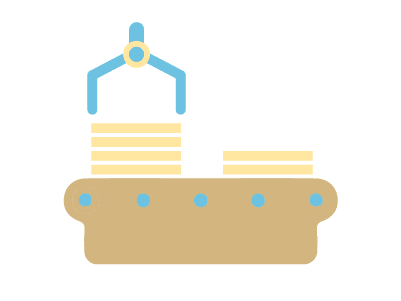
3/ PACKAGING MANUFACTURING.
1. Packaging manufacturing company 2. Manufacturing methods 3. Certificates 4. Info about packaging components 5. Info about packaging components suppliers 6. Location, responsible representative
Maybe packaging manufacturing is not the most interesting part of the information to share, but we need to be aware of what kind of other components are used in the process. We should incorporate data on ink, glue, special effects and other additives. We should gather all certificates, food compliance documents and other details regarding all products of third parties and put it on the Transparency Scheme.
If you have gathered all the details about your packaging until this stage, you already can pleasantly surprise sustainability advocates by calculating your packaging carbon footprint.
4/ USAGE.
1. Link to Transparency Scheme 2. Food contact/ safety compliance 3. Tips for unpacking and/or repacking + extras according to the product/packaging
The packaging itself can’t contain all the information because it would confuse consumer (or simple there wouldn’t be space for that) and should serve as the main gateway directing to all the transparent information. You can incorporate a website, QR code or other links where your customers would be able to find the whole Transparency Scheme. In some cases, the packaging could be a question itself and could raise hygiene and safety questions, also if your product could be repacked and stored (e.g. take away food could be stored inside of packaging in the fridge), all this information must be shared with the customer directly on the packaging without requiring extra efforts to find the information.
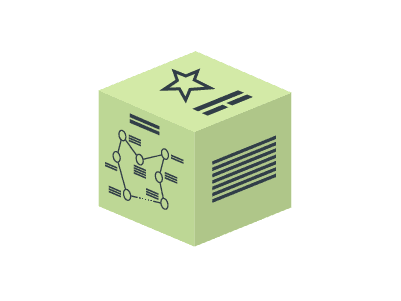
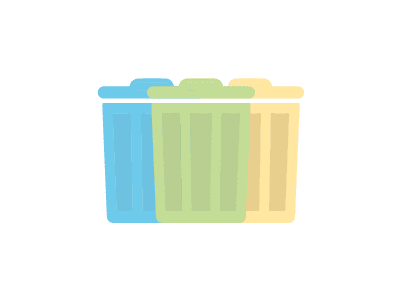
5/ WASTE SORTING.
1. Information on how to dispose and sort 2. Tips how to prepare packaging before sorting
Many customers are confused about sorting disposable packaging even if there are some symbols on the packaging which should help them to do it. They are not sure whether cardboard packaging has some plastic coating layers inside or what to do with packaging if one part of it were contaminated by greasy food. There could be many questions. Communicating these things clearly and understandably could be the most essential thing for most of your clients.
6/ WASTE MANAGEMENT.
1. Map with a place where waste is collected 2. Info about waste destination 3. Responsible waste management company 4. Location, responsible representative
Many people are sceptical about the credibility of recycling infrastructure. They think that even if they sort their waste, afterwards everything ends up in the same place. Some businesses as restaurants where customers use disposable packaging (e.g. fast food restaurant chains) could share data about which waste management companies they are working with and what happens to the collected waste. Business centres, shopping malls and other places where a large amount of waste is generated could adopt the same model.
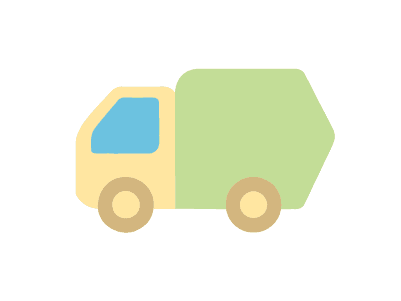
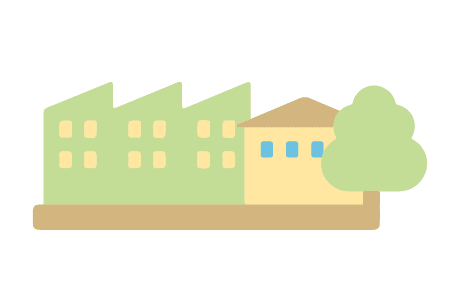
7/ RECYCLING.
1. Recycling company 2. Recycling methods 3. Info about what happens with recycled mix after the recycling process 4. Location, responsible representative
Nowadays ‘Recycling’ is a big word. We know that it is good because we don’t need new raw resources and thus bringing ourselves closer to the circular economy model. But in reality, it is more complicated than that because recycling requires energy and different materials can be recycled different times (not even mentioning that many items are not recyclable in our current system). For example, cardboard on the average can be recycled about seven times. After that, the fibres will become too short and can’t become a part of another sheet of paper. And if you are one of those businesses who can keep track of their waste through a waste management company, then you will be able to know what happens with that waste afterwards and share that information with your customers. That would be applauded by many.
Now we should have a map:
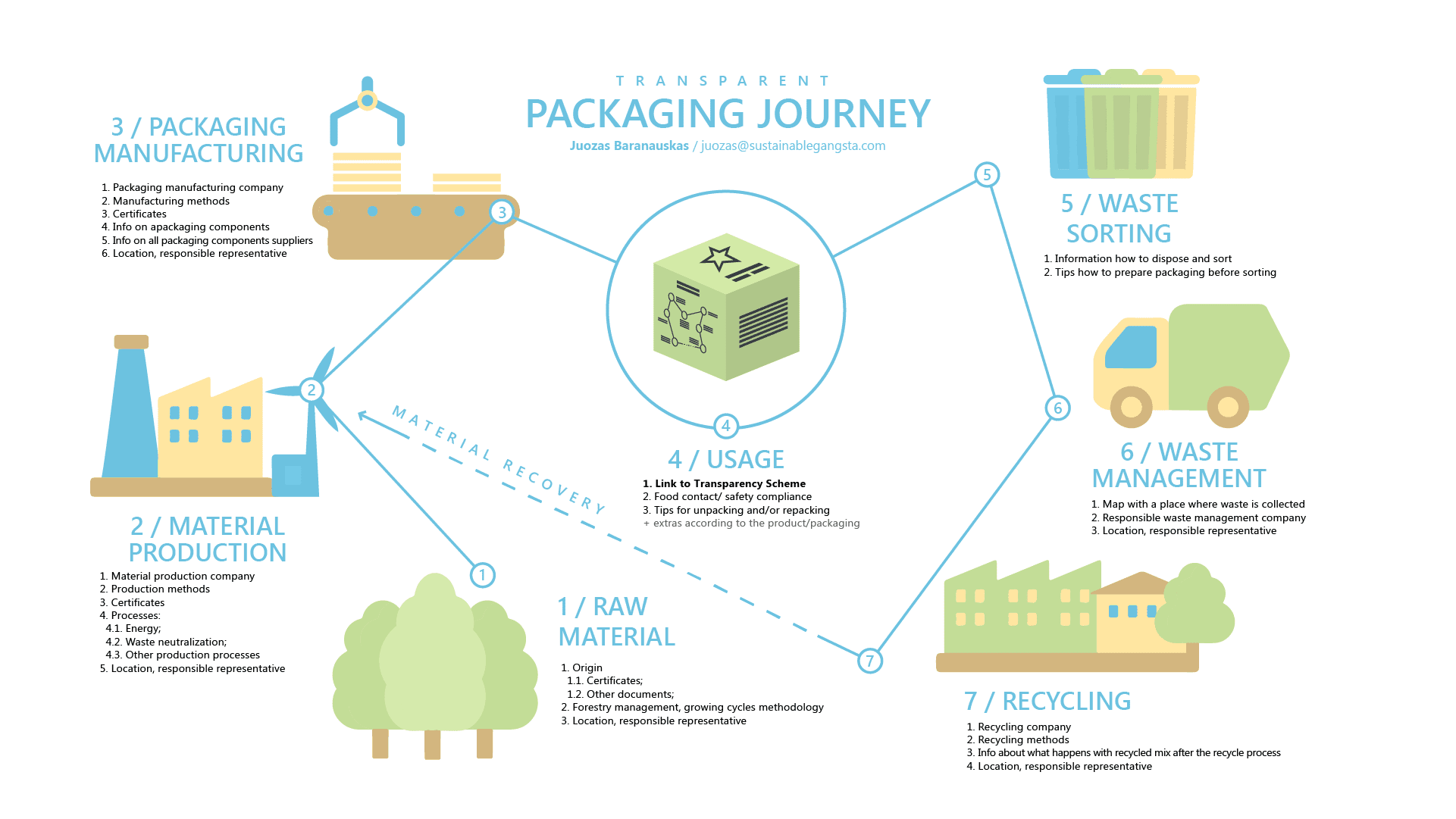
B) Priorities.
After you have all the information regarding your packaging, you need to be selective on what information to highlight and how to present it. You can’t just share a bunch of technical data about the machinery used to produce packaging and expect that consumers will be engaged by that. Usually, to get started it is enough to look into FAQ of your customers regarding packaging. If you don’t have that data and you don’t have resources to do ask your customers yourself then you can check similar brands and look into questions their customers ask on social media, forums and other platforms. Consumers already have many questions regarding different packaging, its origin and recyclability. You need to begin by identifying and answering those questions.

C) Communication. After we decided that for example, recycling instructions are the most important information to share, followed by the material origin and we want all the other facts to be secondary, how we should approach communication of all this information?
After we label all the information as primary, secondary and so on we should look to User Experience and map out all the different customer interactions with the brand, product and the packaging. And strategise which information to share and where. In this case, let’s imagine that we run a food restaurant and have food to take away as well. So our packaging could have a small scheme printed on it showing the origin of the material and disposing of instructions. The QR code on the packaging could lead customers to the website ourrestaurant.com/packaging where they could check the full Packaging Transparency Scheme with the links to third parties videos and presentations. In the restaurant, while people wait for their takeaway food they can check an interactive screen with a full Scheme and discover more about the packaging. And for those using delivery services, a short description with the link to the full Scheme could be incorporated in a food delivery app.
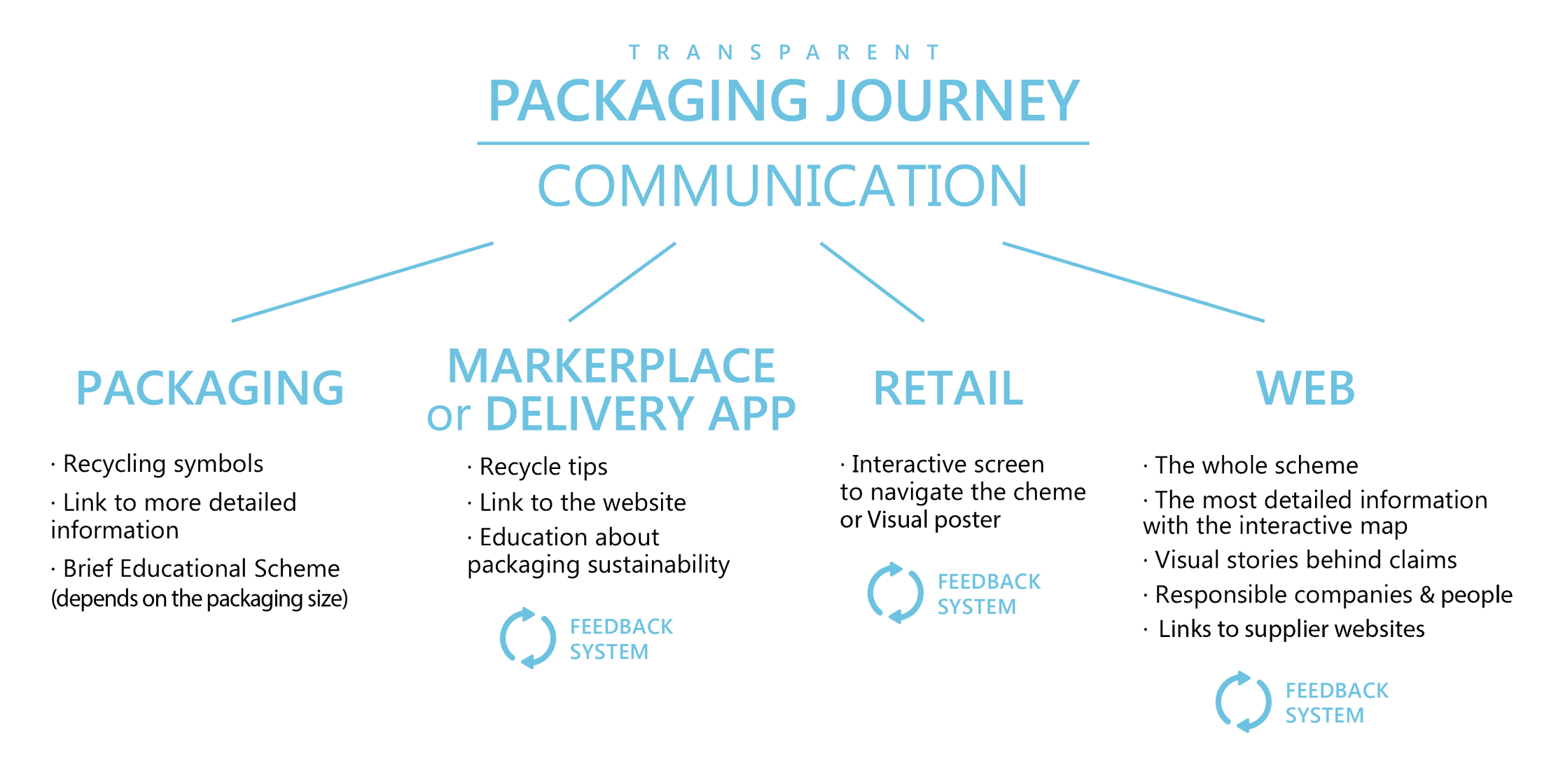
The most beautiful thing is that this system easily could be designed in that way that customers would be able to give feedback. If somebody would like to request some information or would like to suggest packaging improvement they could approach brand on the platform and discuss specific problems. Nowadays the best strategy for brands is to be open and to share their journey and progress, they need to act already perfect.
A step forward.
Do we really need to make this step and start sharing information about our packaging with customers? Today we are already overwhelmed by the information we need to process on a daily basis. Why create even more data?
Because people care. People are looking for information about packaging materials, recyclability and life cycle already. Some of them are eager to learn even more and this group is growing. We can help them by doing our homework and to investigate our packaging and share the most helpful and necessary knowledge. Brands who will do it in a clear and engaging way will win and others will vanish over time. And the side effect of this will be that by getting to know your packaging you will be able to make it better, cheaper and more thoughtfully designed.
Remember, it is not so hard afterwards. Just: “1. Learn about your packaging journey; 2. Tell the story; 3. Improve storytelling tools”.
